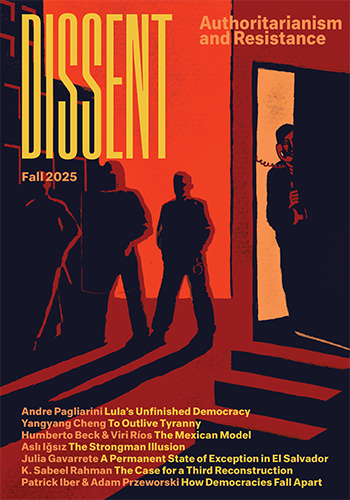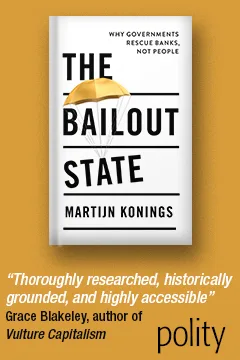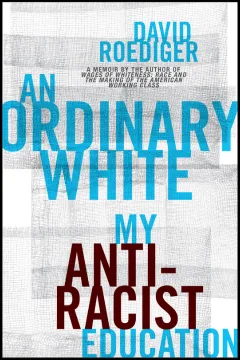This paper aims neither at a comparative documentary study of successive party programs adopted by the governing, or potentially governing, social democratic parties of Northern and Central Europe, nor at a history, however sketchy, of the policies pursued by each …
Solzhenitsyn’s most recent book, Lenin in Zurich, is presented as one that will enrich the great historical fresco begun with his August 1914. Although the author calls his current work a novel, he is careful to affirm its historicity by …
Without Mao there could have been no Madame Mao. This elementary truism is now being sysematically obliterated by Chairman Hua’s Propaganda Department. In order to legitimize his earlier coup d’etat, Hua must create, against all evidence, a myth according to …
Turning inward, many social critics have recently focused on the qualities of experience offered by the democratic, relatively affluent society they know. This experiential critique (as I shall call it) has multiple targets but two main themes emerge from the …
These two books share the theme of the struggle for women’s rights but little else. Century of Struggle (a minimally revised edition of the 1959 classic) surveys the first wave of the movement from 1820-1920; What Women Want emphasizes the …
Kirk Sale’s hypothesis is that rapid economic and population growth has buoyed up the “Southern Rim” of the United States to a point where it competes with the “Northeast.” Sale’s Northeast includes Wisconsin, Illinois, and all points east, the Southern …
Considered as an allegory, The Magic Flute has skeptical things to say about the fate of art in society. (It fights a winning battle against any spectator because it says them playfully.) On a different level, the opera, among the …
I am not one of the old circle of acquaintances who write knowingly to each other and to a receptive audience in the pages of Dissent; yet I have read virtually every issue since a fellow graduate student who was …
Dear Secretary General: In our neighboring countries, which for a period in history had formed a single entity, it used to be the custom to begin letters with a flowery opening in which one wished the recipient God’s blessing, the …
Participating in the Geneva meetings of the International Socialist Congress last November was a moving experience for me, comparable in its impact to my first encounters with Norman Thomas and with the auto workers’ union. The Congress confirmed for me …
In June 1976, Jimmy Carter promised the nation’s mayors a “compassionate, realistic” urban policy. Although the President has yet to elaborate his vision of a revitalized urban America, enough has been said and done during the campaign, the transition, and …
There are three simultaneous arms races—the Soviet-American competition in nuclear arms, the spread of nuclear weapons to additional countries, and the worldwide traffic in conventional arms. All three have been flourishing, at a worldwide cost of over $300 billion a …
Black Ballots: Voting Rights in the South, 1944-1964, by Steven F. Lawson, New York: Columbia University Press, 474 pp. Strategies for Freedom: The Changing Patterns of Black Protest, by Bayard Rustin. Columbia University Press. 82 pp. Jimmy Carter was able …
I shall first offer some reflections on the social purposes of the college, then cast a critical look at the liberal and populist responses to the challenge of the mass college, and end with some ideas on higher education in …
The crisis in the Communist countries is a permanent one. It may flare up at some moments and die down at others, but it now seems to be built into the very structure of that society. For their own survival …






